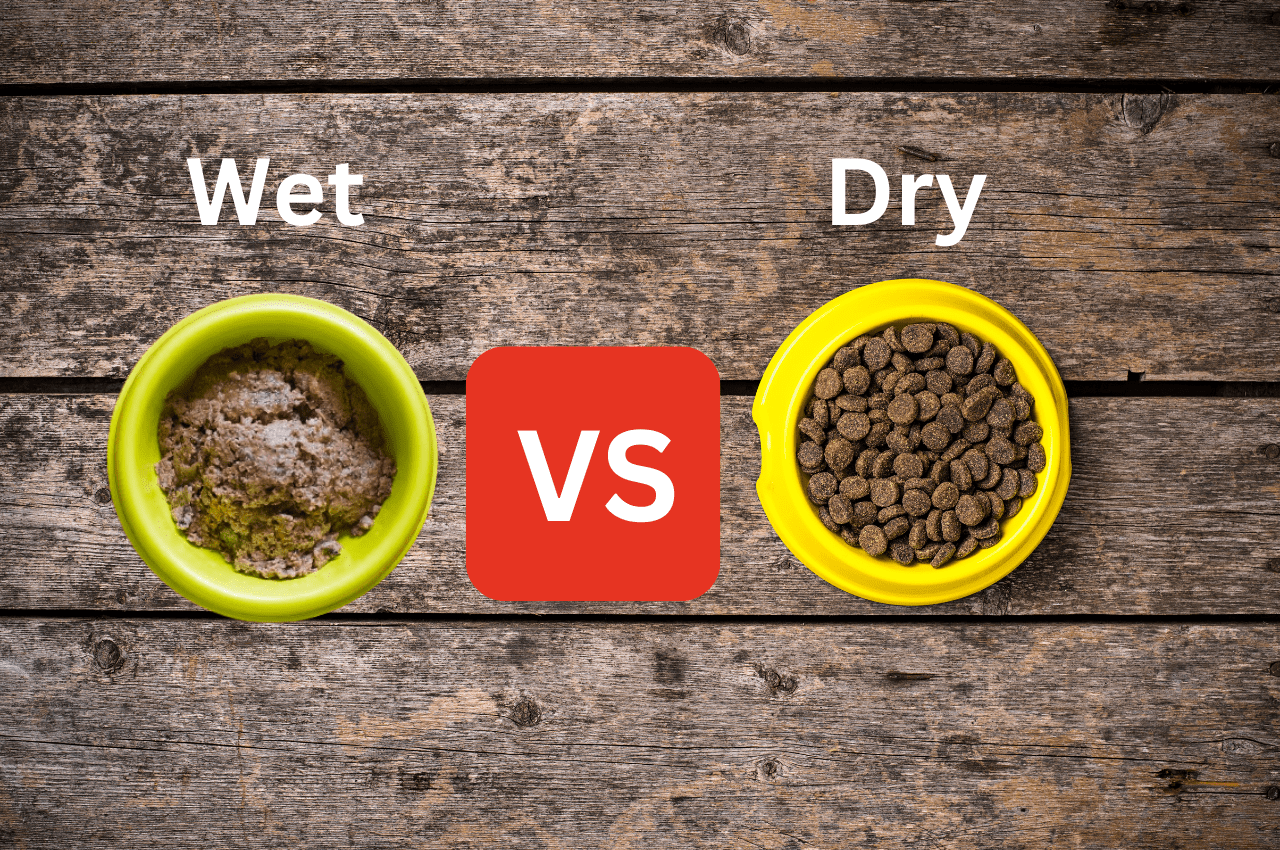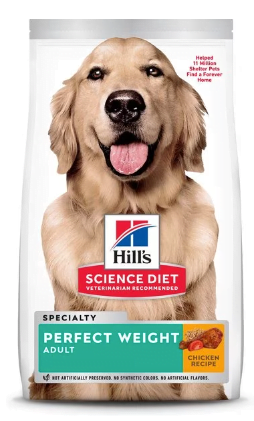Dog Food Dry vs Wet: Which One is Best for Your Dog?
As a responsible pet owner, one of the most important decisions you’ll make for your furry friend is choosing the right type of food. With the wide variety of dog food options available, it can be overwhelming to determine which one is best suited for your dog. Two popular choices are dry dog food and wet dog food. In this article, we will explore the differences between dry vs wet dog food and help you make an informed decision for your beloved pet.
- Introduction: The Importance of a Balanced Diet for Dogs
- Dry Dog Food: Benefits and Considerations
- Wet Dog Food: Advantages and Points to Consider
- Nutritional Comparison: Dry vs Wet Dog Food
- Feeding Guidelines: Dry and Wet Dog Food
- Special Considerations: Age, Health, and Lifestyle Factors
- Transitioning Between Dry and Wet Dog Food
- Top Brands for Dry and Wet Dog Food
- Cost Comparison: Dry vs Wet Dog Food
- Common Misconceptions About Dry and Wet Dog Food
- Conclusion
- FAQs
Introduction: The Importance of a Balanced Diet for Dogs
Before we delve into the specifics of dry vs wet dog food, it’s crucial to understand the significance of a balanced diet for dogs. Just like humans, dogs require a well-rounded and nutritionally complete diet to thrive and maintain optimal health. A balanced diet provides the necessary nutrients, vitamins, and minerals to support your dog’s growth, energy levels, immune system, and overall well-being.
Dry Dog Food: Benefits and Considerations
Convenience and Dental Health
Dry dog food, also known as kibble, offers several benefits. One of the primary advantages is its convenience. Dry dog food is easy to store, has a longer shelf life, and doesn’t require refrigeration. It is also more portable, making it ideal for pet owners who travel frequently with their dogs.
Moreover, chewing on dry kibble helps promote dental health. The abrasive texture of the kibble can help reduce plaque and tartar buildup, contributing to healthier teeth and gums in your furry companion.
Nutritional Value and Cost-Effectiveness
Many reputable dry dog food brands offer complete and balanced nutrition for dogs. They are formulated to meet the nutritional requirements established by regulatory bodies, ensuring that your dog receives essential nutrients in every meal. Dry dog food typically contains a higher percentage of carbohydrates and is fortified with vitamins and minerals.
Another advantage of dry dog food is its cost-effectiveness. It tends to be more affordable compared to wet dog food, making it a budget-friendly option for pet owners.
Wet Dog Food: Advantages and Points to Consider
Moisture Content and Palatability
Wet dog food, as the name suggests, has a higher moisture content compared to dry dog food. This increased moisture can be beneficial for dogs that struggle to stay hydrated or have specific health conditions. It can also be an appealing option for picky eaters due to its richer aroma and flavor.
Enhanced Digestibility and Variety
Wet dog food is often preferred for its enhanced digestibility. The moisture present in the food helps to soften it, making it easier for dogs to chew and swallow. This can be especially beneficial for dogs with dental issues or those who have difficulty eating dry kibble.
Additionally, wet dog food offers a wider variety of flavors and textures. It allows pet owners to introduce different protein sources and ingredients into their dog’s diet, catering to their preferences and potentially reducing the chances of developing food sensitivities.
Nutritional Comparison: Dry vs Wet Dog Food
When comparing the nutritional profiles of dry and wet dog food, it’s essential to consider their moisture content. Dry dog food typically contains around 10% moisture, while wet dog food can have a moisture content of up to 75%. This difference in moisture affects the concentration of nutrients in each type of food.
Dry dog food often has a higher carbohydrate content and provides a more concentrated source of energy. On the other hand, wet dog food tends to have a higher protein content and can be a valuable source of hydration for dogs.
Feeding Guidelines: Dry and Wet Dog Food
Feeding guidelines for dry and wet dog food may vary based on factors such as the brand, your dog’s age, weight, and activity level. It’s crucial to follow the recommended feeding guidelines provided by the manufacturer to ensure you are meeting your dog’s nutritional needs accurately.
Typically, dry dog food is fed in measured portions according to your dog’s weight and age. Wet dog food, due to its higher moisture content, is often fed in larger quantities to provide sufficient calories and hydration.
Special Considerations: Age, Health, and Lifestyle Factors
Several factors can influence the choice between dry and wet dog food, including your dog’s age, health conditions, and lifestyle.
Puppies, for instance, may benefit from the softer texture and increased moisture content of wet dog food as they transition from nursing to solid food. Older dogs or those with dental issues might find it easier to consume wet food.
Dogs with specific health conditions, such as urinary tract issues or obesity, may require a specific diet that can be better accommodated with either dry or wet dog food.
Lastly, considering your dog’s lifestyle and activity level is crucial. Highly active dogs may benefit from the higher calorie content of dry dog food, while less active dogs or those prone to weight gain might require portion-controlled wet dog food.
Transitioning Between Dry and Wet Dog Food
If you decide to switch between dry and wet dog food or introduce a new type of food, it’s essential to do so gradually. Abrupt changes in diet can upset your dog’s digestive system and lead to gastrointestinal discomfort. To avoid this, mix a small portion of the new food with the existing one, gradually increasing the proportion over a week until your dog is solely on the new food.
Top Brands for Dry and Wet Dog Food
Best Dry Food for Dog
There are numerous reputable brands that offer both dry and wet dog food options.
(Popular Choices by Dog Owners)
Royal Canin Diet
Hill’s Science Diet
Purina Pro Plan
Best Wet Food for Dog
Purina ONE SmartBlend
Hill’s Prescription Diet
Iams ProActive Health
When choosing a brand, consider factors such as the quality of ingredients, nutritional value, and any specific dietary requirements your dog may have.
Cost Comparison: Dry vs Wet Dog Food
Cost is often an important consideration when selecting dog food. Dry dog food tends to be more cost-effective compared to wet dog food. However, it’s essential to evaluate the overall value rather than solely focusing on the price. Factors such as the quality of ingredients, nutritional composition, and your dog’s specific needs should be considered when assessing the cost-effectiveness of a particular dog food.
Common Misconceptions About Dry and Wet Dog Food
There are several misconceptions surrounding dry and wet dog food. Some common myths include dry food causing dehydration, wet food being nutritionally superior, or one type of food being universally better for all dogs. It’s important to separate fact from fiction and base your decision on accurate information and your dog’s individual requirements.
Conclusion
Choosing between dry vs wet dog food can be a challenging decision for pet owners. Both options have their advantages and considerations, and what works best for one dog may not be suitable for another. It’s crucial to evaluate factors such as your dog’s age, health, lifestyle, and preferences when making this decision. Consulting with your veterinarian can also provide valuable guidance in selecting the most appropriate type of food for your furry companion.
FAQs
Subscribe to our weekly newsletter below and never miss the latest article.














